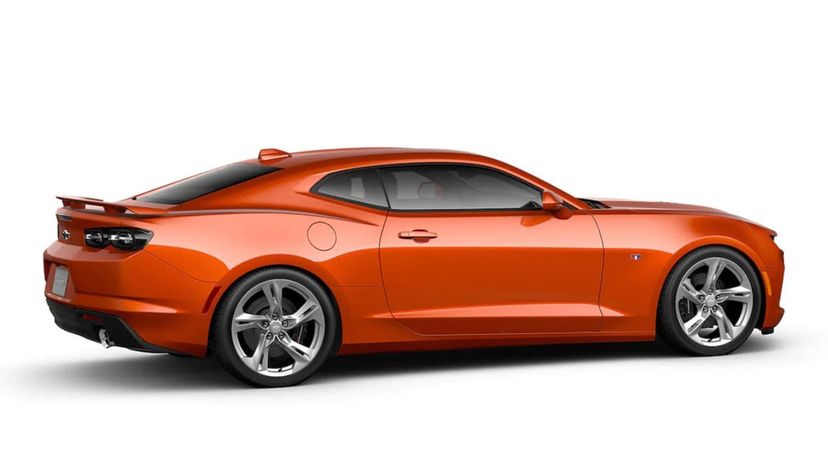
It's easy to forget, in the eight decades of NASCAR racing that the name stands for "National Association for Stock Car Auto Racing." Even though "stock car" is right there in the name, if you've watched any NASCAR race, it's hard to believe those cars have the same engines as the cars we drive to and from school and work every day. But do they really?
NASCAR has very strict rules and regulations for the cars that race in its series, including specs for the engines. For the 2022 season, NASCAR debuted the seventh generation of the car used in its top-tier Cup Series, the Next Gen car. These racers are intended to look more like the street cars they represent: the Chevy Camaro ZL1, the Ford Mustang and the Toyota TRD Camry. But under their hoods, these engines are much the same as they have been in recent seasons.
Advertisement
Next Gen Car Under the Hood
All Cup cars use V-8 engines from each manufacturer — Ford, Chevrolet and Toyota. The engines can be no larger than 358 cubic inches (5.9 liters), and they still use old-fashioned push rods rather than overhead cams.
Some tracks, including Daytona and Talladega, require restrictor plates as a safety measure to keep cars slower. Engines at these two tracks are limited to 550 horsepower. All other tracks have a cap of 670 horsepower.
One mechanical change for the Next Gen cars is the placement of the exhaust. With the new bodies, the exhaust will exit to either the left or right. That means that fans in the stands will hear half of the exhaust, which means these powerful V-8 racers will sound like they're running on just four cylinders.
An even bigger change is the new five-speed transmission and transaxle in the Next Gen cars. Instead of the old four-speed H-pattern shifter, the drivers will have a sequential five-speed shifter they can tap forward and back to change gears. The new transmissions and shifters arrive in anticipation of a hybrid powertrain coming to the Cup sometime in the next few years, which would require a transaxle setup. The previous Cup car lasted from 2013 to 2021, so it makes sense to prepare for an engine swap in the near-ish future.

Next Gen vs. Your Car
That's all great, but how does that compare to the street engines in these cars?
First up, the 2022 Chevy Camaro ZL1. It has a 6.2-liter V-8 and a six-speed manual transmission, with an available paddle shifter. So it's already physically larger than its racing counterpart's 5.9 liter engine. It makes 650 horsepower, putting it in the neighborhood of its track version.
The 2022 Ford Mustang Shelby GT 500 comes with a 5.2-liter V-8 and seven-speed dual-clutch transmission, so it's slightly smaller than its NASCAR counterpart. But it's rated at 760 horsepower, putting it nearly 100 horses above that track car.
The 2022 Toyota Camry TRD comes with a 3.5-liter V-6, which is significantly smaller than the racer, and an eight-speed transmission. And while 301 horsepower is a lot around town, it's not nearly as much as what's on the track.
Advertisement


